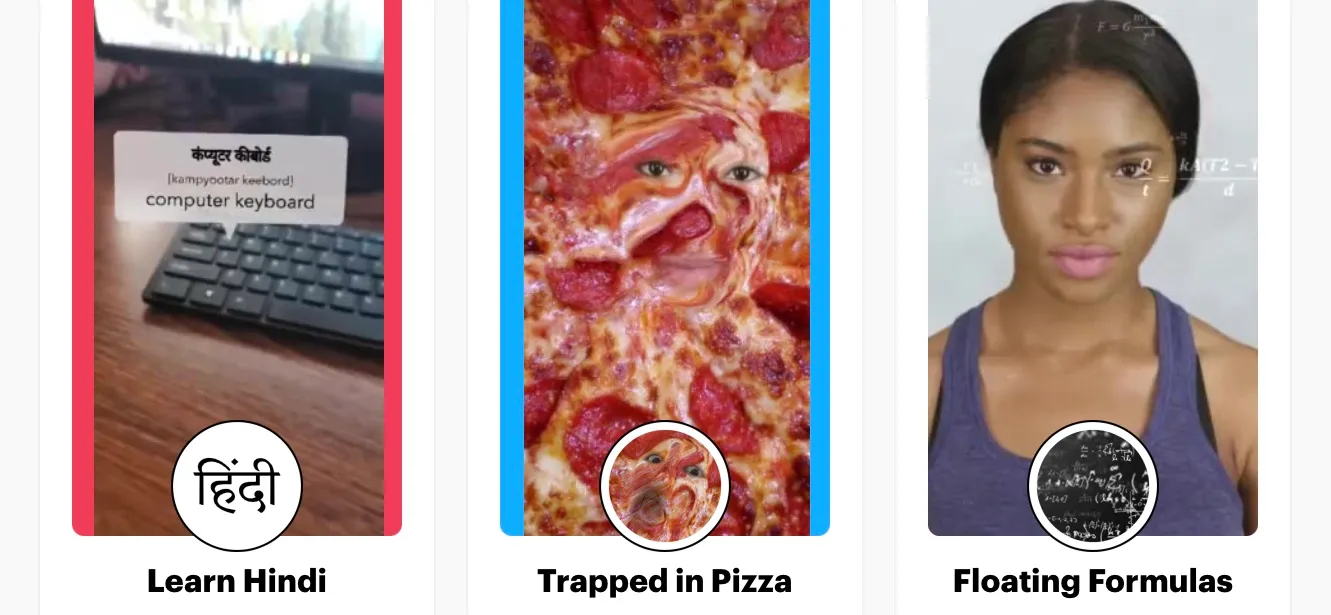Today we’re excited to introduce the Fritz AI Dataset Generator, a new component of Fritz AI Studio, designed to break down a major barrier between developers and the creation of incredible machine learning-powered mobile applications.
That barrier is data acquisition. Despite advances in neural network architectures and their optimizations for mobile deployment, there often isn’t enough available high-quality data on which to train those models.
Continue reading “Introducing the Fritz AI Dataset Generator for Mobile Machine Learning”




![[Hacker Noon] Building Not Hotdog with Turi Create and Core ML — in an afternoon](https://fritz.ai/wp-content/uploads/2023/12/1USfNLnUUtAAPl3nFwCGFBQ.webp)




